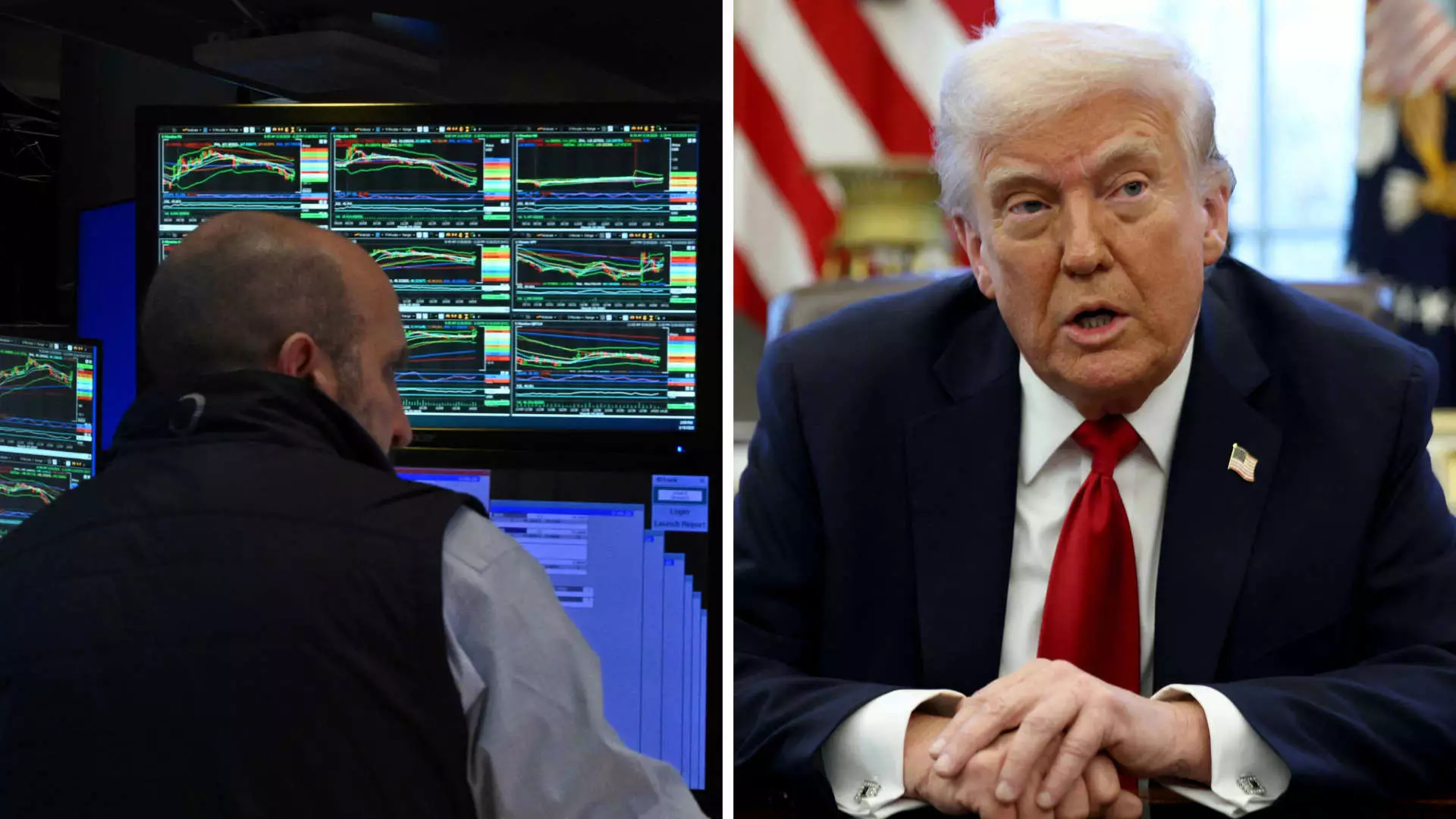In today’s financial landscape, market analysts often attempt to predict the unpredictable. Evercore ISI’s Julian Emanuel recently suggested that investors should brace themselves for a potential ‘peak’ in market uncertainty around the tariff deadline this Wednesday. However, one must question whether this peak will lead to a resolution or merely intensify the current storm. The notion that uncertainty will wane feels overly optimistic amidst a backdrop of precarious economic indicators and trepidation fueled by recent financial disruptions.
Resisting the Tariff Tempest
Emanuel’s advice to resist “tariff angst” and accumulate stocks could be seen as naïve when the market reality showcases an alarming level of pessimism that parallels previous crises such as the collapse of Silicon Valley Bank in March 2023. The emphatic comparison he makes raises eyebrows; treating today’s circumstances with the same casualness as a regular trading day seems ill-advised. In an environment where the S&P 500 and tech-focused Nasdaq are experiencing their direst quarterly figures since 2022, one can hardly feel reassured by a call to invest in sectors that previously thrived during bullish cycles.
Emerging from the Shadows of Performance
Emanuel points out that the sectors that traditionally defined the bull market—technology, communication services, and consumer discretionary—had lackluster performances recently. Yet, as analysts predisposed to optimistic forecasts like to suggest, there exists the possibility of revival. If these companies resort to stock buybacks, they might indeed buoy their prices. But one cannot ignore that this form of financial engineering often masks deeper issues without actually addressing the fundamental problems that persist in a faltering economy.
Where to Hide in a Tumultuous Market
The defensive strategies championed by Emanuel, particularly investments in consumer staples and healthcare—both of which have outperformed of late—might provide a temporary refuge. However, it could be argued that relying heavily on these sectors signifies a deeper lack of confidence in the broader market. What does it say when investors gravitate towards staples as a lifeline? It suggests fear envelops the more traditional avenues of growth.
Targeting the S&P 500: A Wishful Thinking?
Emanuel’s year-end price target of 6,800 for the S&P 500, implying a 21% gain from recent figures, feels more like a hopeful aspiration than a probable outcome. The idea that “material clarity” isn’t necessary for recovery might resonate with the truly optimistic investor, but for those grounded in the stark realities of today’s economy, this outlook appears unrealistic. The overarching sentiment seems to fall into a trap of self-fulfilling prophecy, where optimism could easily cloud judgment at potentially catastrophic costs.
In a market characterized by pulse checks and quick reactions, the time has come to critically evaluate this incessant positivity, recognizing that, at times, caution may be the wisest strategy an investor can adopt. The prevailing sentiment from the investment community should be adjusted towards a more tempered analysis, one that doesn’t shy away from the significant risks looming.

